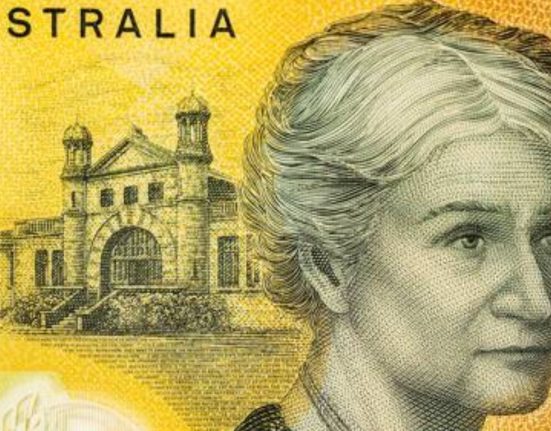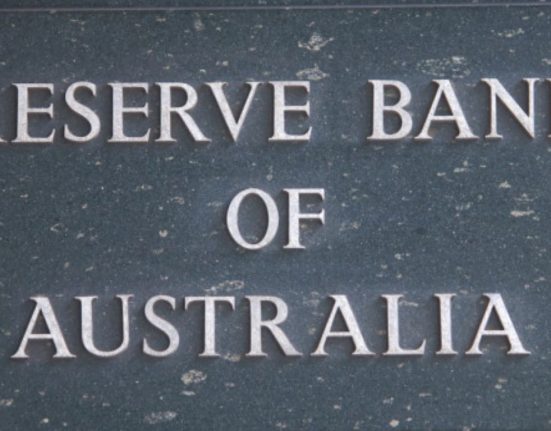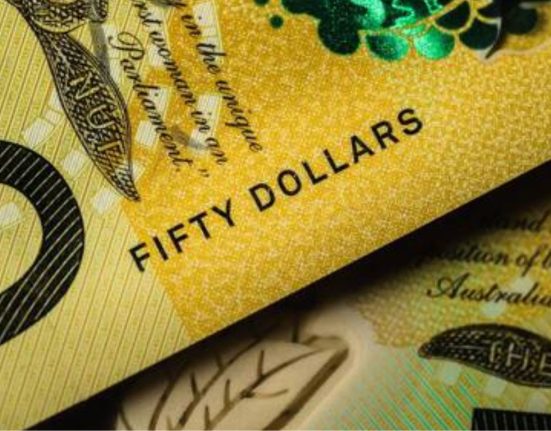The AUD/USD currency pair continued to decline on Friday after data from the United States and Australia missed expectations. The pair is now trading within a descending channel formation in the 60-minute chart.
The preliminary Michigan Consumer Sentiment Index for April missed the expected reading of 63 with a reading of 57.7. This is the lowest reading since August 2021 and suggests that US consumers are becoming increasingly pessimistic about the economy. On Thursday, the initial jobless claims for the week ending May 5 missed the expected claim count of 245k with a tally of 264k, while the continuing claims outperformed the expected tally of 1.82 million with a claim count of 1.813 million.
Elsewhere, the producer price index ex-food and energy for April missed the estimated (YoY) change of 3.3% with a change of 3.2%. The consumer price index ex-food and energy matched both the (YoY) and (MoM) estimates on Wednesday.
In Australia, consumer inflation expectations for May matched the expected change of 5%. Earlier in the week, retail sales for Q1 missed the (QoQ) forecast of -0.4% with a change of -0.6%, while building permits for March fell by -0.1% (MoM) compared to a growth rate of 3.9% in the previous month.
The weakness in the US data is likely due to concerns about the economy, which is being weighed down by rising inflation and interest rates. The weakness in the Australian data is likely due to the ongoing trade war between the United States and China, which is hurting Australian exports.
The decline in the AUD/USD pair is likely due to short-covering, as traders who had bet on the pair to rise are now buying back their positions. The pair is likely to remain volatile in the near term, as traders will be looking for further cues from the US and Australian economies.
Here are some of the key factors that are likely to influence the AUD/USD pair in the near term:
- The US Federal Reserve is expected to raise interest rates several times this year in an effort to combat inflation. This could weigh on the US economy and could lead to a decline in the AUD/USD pair.
- The trade war between the United States and China is likely to continue to weigh on the Australian economy. This could lead to a decline in the Australian dollar and could support the AUD/USD pair.
- The outcome of the Australian general election, which is scheduled to be held on October 21, 2023, could also influence the AUD/USD pair. If the ruling Labor Party wins the election, it is likely to continue with its current economic policies, which could support the Australian dollar and could weigh on the AUD/USD pair. However, if the opposition Liberal Party wins the election, it is likely to adopt more expansionary economic policies, which could weaken the Australian dollar and could support the AUD/USD pair.
Overall, the AUD/USD pair is likely to remain volatile in the near term. Traders should be prepared for sharp swings in the pair as they react to news from the US and Australian economies.










